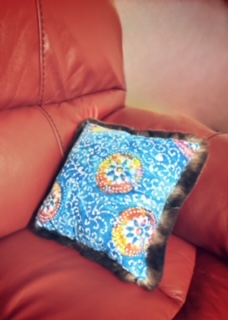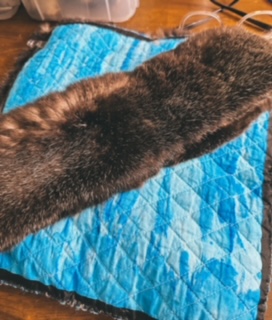 Who Can Legally Hunt or Work with Sea Otters in Alaska?
Who Can Legally Hunt or Work with Sea Otters in Alaska?
Under the Marine Mammal Protection Act (MMPA), sea otters are protected, and most forms of hunting or handling are prohibited. However, there is a notable exception:
Alaska Natives living along the coast are allowed to hunt sea otters for subsistence and traditional handicrafts.
This includes making clothing, regalia, and other items from sea otter pelts.
The law was clarified to state that any enrolled member of a coastal tribe can hunt sea otters, regardless of blood quantum.
 Cultural and Practical Engagement
Cultural and Practical Engagement
Coastal Native communities, such as the Tlingit and Haida, have long traditions of using sea otter pelts.
Workshops and educational events are held to teach youth and others how to process pelts and preserve cultural knowledge.
These practices are deeply tied to identity, heritage, and sustainable resource use.
 Can Non-Natives Work with Sea Otters?
Can Non-Natives Work with Sea Otters?
Non-Natives cannot legally hunt or handle sea otters for commercial purposes.
However, scientists, aquariums, and wildlife professionals may work with sea otters under strict federal permits for research, rehabilitation, or conservation.
Activities like tagging, monitoring, and responding to strandings are typically conducted by professionals in collaboration with Native organizations.
 Summary
Summary
| Group | Can Hunt Sea Otters | Can Handle for Research | Can Use Pelts for Crafts |
|---|---|---|---|
| Coastal Alaska Natives |  Yes (subsistence) Yes (subsistence) |  Yes (with training) Yes (with training) |  Yes Yes |
| Non-Native Researchers |  No (hunting) No (hunting) |  Yes (with permits) Yes (with permits) |  No No |
| General Public |  No No |  No No |  No No |
So while working with sea otters is not exclusively limited to coastal Alaska Natives, subsistence hunting and cultural use are rights reserved for them. Others may engage through scientific or conservation roles, but only under strict regulation.
Sea Otter has the most fur per square inch and are incredibly warm products.
I make: Headbands, mittens, and pillows.


